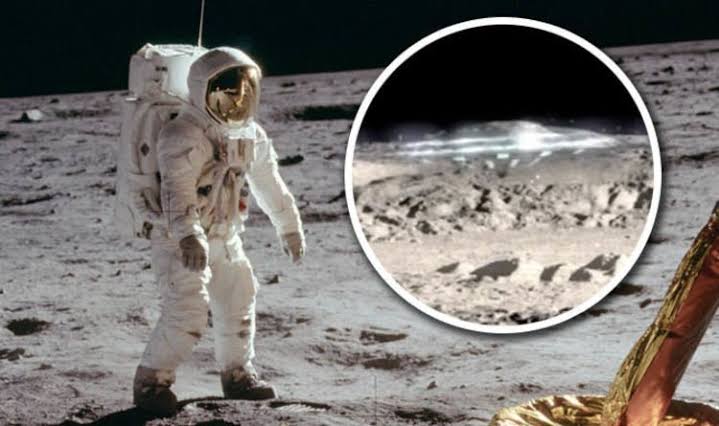Interesting Facts About Apollo Moon Mission …..1

Richard Hollingham has collected and written some interesting facts about the Apollo Mission for which the American Government spent around 25 billion US dollars.
The total estimated cost of $25bn is equivalent to $175bn or Rs 120000 crores today. Those thousand of crores paid for the rockets, spacecraft, computers, ground control and the 400,000 or so people needed to land just 12 men on the Moon.
Neil Armstrong, Buzz Aldrin and Mike Collins became the most famous people on the planet. However earning wise Apollo astronauts earned somewhere between $17,000 and $20,000 a year. It’s equivalent to $120,000 today and comparable with 21st Century astronaut salaries. The TV anchors covering the mission would have earned far more.
There was no danger money for going to the Moon, but crews were able to claim travel expenses. Aldrin, for instance, put in a claim for $33.31 to cover his trip from home to the nearby Manned Spacecraft Center in Houston… via Florida, the Moon and Hawaii. On top of this, astronauts also had a share of the income from a Nasa deal with Life magazine.
When they left the space programme, many astronauts were snapped-up by industry into high-paying executive positions. Others became TV pundits or made money through personal appearances and endorsements.
After suffering a cold during his Apollo 7 mission, Wally Schirra became the face of a range of decongestant tablets. Buzz Aldrin has advertised everything from insurance, cars and porridge oats. His income today is probably considerably more than it was in 1969.
The spacesuits designed for walking on the Moon had to be tough, strong and supportive. It’s not surprising then, that Nasa commissioned them from a bra manufacturer – the International Latex Corporation.
Each custom-made suit was made up of multiple layers of plastic fibres, rubber and metal wires, all covered in Teflon-coated cloth, hand-stitched by a team of seamstresses.
Before Apollo 11 launched to the Moon, President Richard Nixon prepared two speeches – one for success and another in case the astronauts were stranded.“Fate has ordained that the men who went to the Moon to explore in peace will stay on the Moon to rest in peace,” the speech went. “These brave men, Neil Armstrong and Edwin Aldrin, know that there is no hope for their recovery, but they also know that there is hope for mankind in their sacrifice.”
No-one had ever built a vehicle designed to land two people safely on another world and – crucially – get them home again. The lunar module with its fragile frame, thin walls and spindly legs could only operate in space.
The lander was made up of two sections, or stages, a descent stage with the landing pads and an ascent stage with a single engine to carry the astronauts back to the mother ship in lunar orbit. But if the single ascent engine failed, there was no way to get the crew home.
“It was one of the few single point failures we had in the whole Apollo programme,” says Flight Director, Gerry Griffin. “The lunar module engine had to work – there was only one engine bell and one mixer where all that propellant came together – if it didn’t work you’re done.”Nasa signed a contract with the Grumman Corporation to build the landers for a total cost of $388m. But construction was fraught with delays and the first unmanned launch wasn’t until January 1968.
Within a year, Apollo 9 astronauts Jim McDivitt and Rusty Schweikart put the spacecraft through its paces in Earth orbit. Then, during Apollo 10, Tom Stafford and Gene Cernan took the lander to within 47,000ft (14.2km) of the lunar surface.
On their return to the command module, they got into serious trouble.Flicking a series of switches to line up the navigation system, Cernan and Stafford prepared to separate the upper stage from the descent stage.
But one of the switches was in the wrong position and when they ignited the engine, the spacecraft spun wildly out of control. “Son of a bitch!” shouted Cernan. “I saw the lunar horizon go by in different directions, eight times in 15 seconds,” he later tells me. “Is that scary? Yes, if you’ve time to be scared but I didn’t have time to be scared.”
Fortunately, Stafford took over manual control and stabilised the spacecraft. Engineers later calculated that two seconds more and they would have crashed into the Moon.“We found out we didn’t have a hardware problem, we had a people problem,” says Cernan. “No matter how good we thought we were, no matter how many times we rehearsed it, you can screw up if you’re not careful.” Despite almost dying, Cernan still finds he has to apologise to the American public for his language.




